Tips to stop your dog from eating plants
Some species may be toxic for your pet

WHY DO DOGS EAT PLANTS?
Reading time about 8 minutes
If you like to keep plants in your home, you probably know that keeping your dog away from them can be a challenge. Dogs tend to be very attracted to all kinds of plants, and almost every time they detect one nearby, they approach to sniff it. But, in many cases, they may also lick them, bite them or even eat them, something very dangerous as, in addition to destroying our flowerpots and gardens, it may cause intoxication in their body.
Certain plant species are poisonous for dogs, causing very annoying symptoms such as urticaria, oedema or digestive disorders. In specific cases, the effects may be more serious and even put our pet's life at risk.
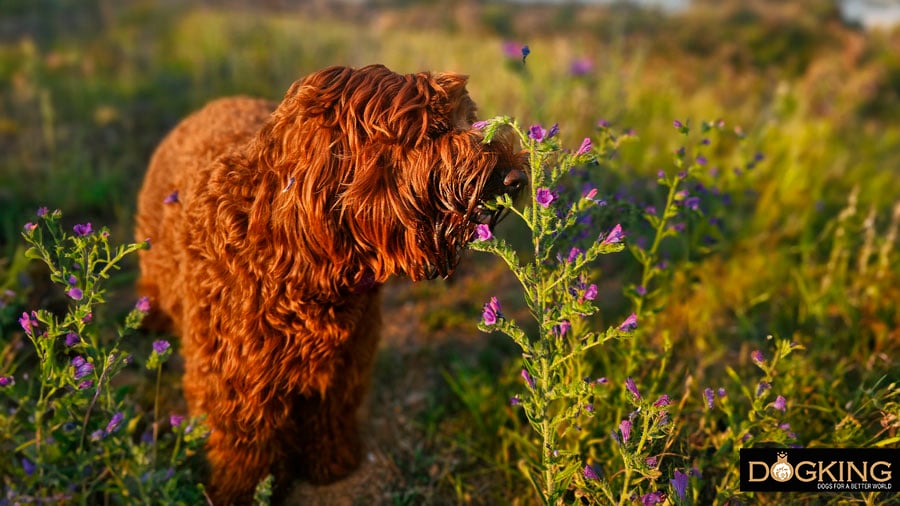
Table of contents
1- What makes a dog bite or eat a plant?
2- How to keep your dog away from plants
3- Give your dog an enriching lifestyle
4- Practise self-control exercises
6- What should I do if my dog has eaten a plant?
What makes a dog bite or eat a plant?
- Curiosity: Dogs have a strong exploratory instinct, which may lead them to sniff and eat plants. This is especially true in puppyhood.
- Boredom: A dog that is under-stimulated, doesn't get enough exercise or spends too much time alone will look for ways to entertain and motivate itself, such as eating plants.
- Anxiety: A stressed dog may eat plants as a stereotyped behaviour to feel better.
- Nutritional deficiencies: If your dog doesn't get enough fibre in its diet or is lacking in vitamins, it may try to get them from plants within reach.
How to keep your dog away from plants?
Your dog eating plants is a natural behaviour that, in most cases, is due to its eagerness to explore and curiosity about their smell and taste. However, if you want to keep your plants safe from your furry friend's nibbles, it is important that you restrict its free access to any flowerpots you have at home or in the garden. Be aware that, although you may not know it, you may have some species in your home that are toxic to your furry friend. Potos, aloes, ivy, hydrangeas, daffodils, cyclamen, cycads and azaleas are just some of the plants that are dangerous for dogs, but the list is much longer. Find out which varieties are safe for your furry friend and prioritize them in your plant collection.
To keep your dog away from the plants in your home, you can install a high enough fence if you have a garden or, if you have potted plants, you can place a grid around them to prevent your dog from biting them. Another solution is to place the flowerpots high enough, on a table or shelf, so that your dog can't reach them. If the plants are indoor, close the door to the room whenever your pet is unsupervised to avoid accidents.
If you are worried about your dog eating plants when you are out walking or hiking, you should be very careful. Some plants are completely harmless to dogs, but even then they may contain pesticides and be just as dangerous. If your dog tries to eat plants, tell it "no" firmly. Distracting your dog quickly with another interesting stimulus, such as a toy, will help the animal to let go of its urge to eat them.
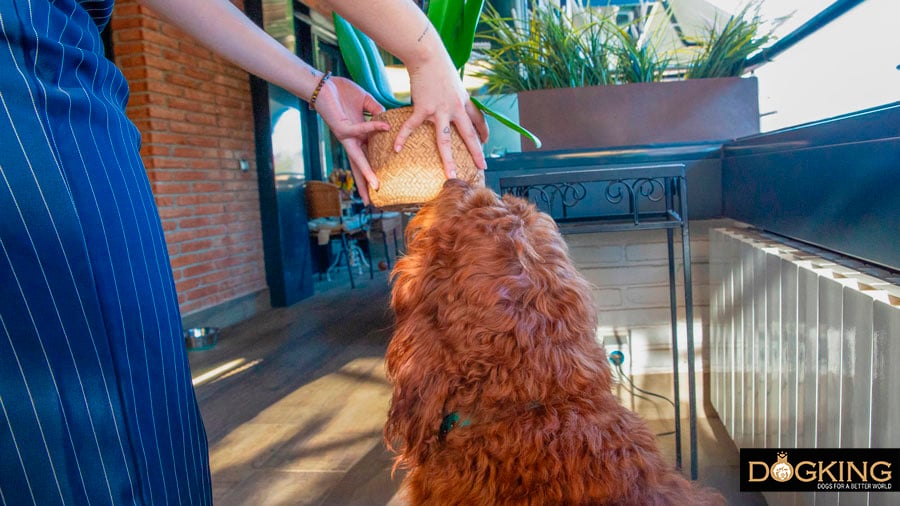
Give your dog an enriching lifestyle
Many dogs may eat plants due to its boredom. To avoid this, take your dog for frequent walks (at least once a day, for a long, relaxed walk). Play with your pet both physical activities, such as ball games, and mental and olfactory activities so that it also enjoys cognitive stimulation. Spend time with the animal and avoid situations of prolonged solitude or confinement. If your dog has a balanced and happy life, it will be less likely to eat plants.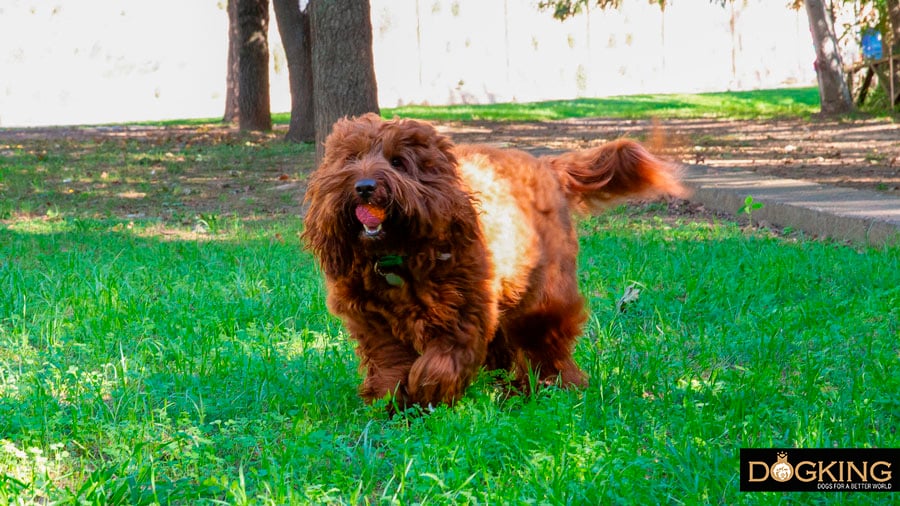
Practise self-control exercises
If you have a lot of potted plants at home or you often go out with your dog to places with a lot of vegetation, you may find it difficult to keep your dog away from plants on a regular basis. In any case, the best long-term solution is to teach your dog not to eat plants. This isn't the quickest alternative, but it is the most advisable and the one that will make you feel calmer, because even if you forget to close a door or leave a plant in a pot on the floor, your dog will know that it isn't allowed to bite it.
To do this, you must practise your dog's impulse control. These exercises are very beneficial for these animals, helping them to manage their emotions and understand that they can't do whatever they want, making them much calmer and more balanced pets. First, find a suitable command for your target, such as "quiet" or "leave it", and work with your furry friend so that the animal may understand it. Then, each time you buy a plant, let your dog sniff it to satisfy its curiosity, then put it back. If your dog tries to bite it by impulsiveness, tell the animal the chosen command. If your pet obeys you, remember to reward it with a treat or strokes and words of congratulations, but if the animal succumbs to its impulse, tell your pet "no" firmly and remove it from the plant by taking the animal out of the room or garden or, if you are outside, continuing your walk in another direction. This may be difficult at first, but gradually your dog will understand that the plant isn't a toy and that you don't like it to go near it.
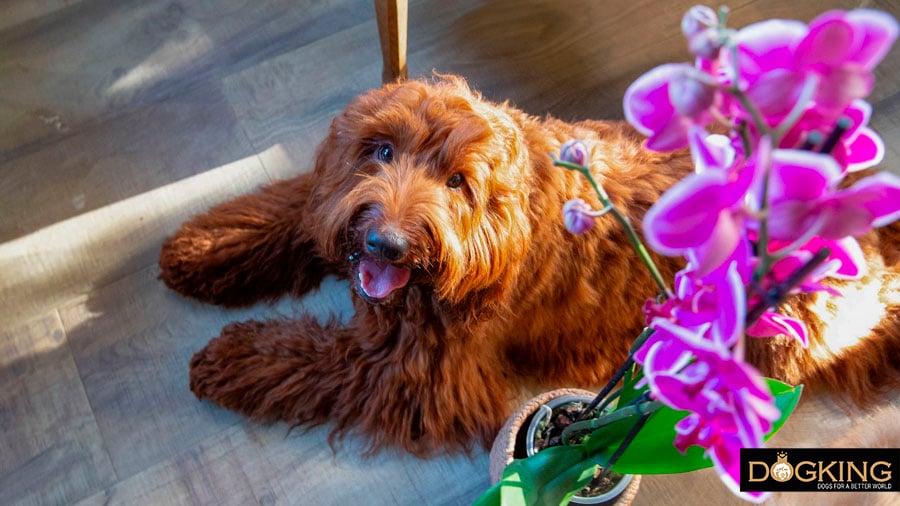
Use a natural repellent
Another trick you may use to stop your dog being attracted to plants and flowers is to spray them with a natural repellent that masks their smell. Never use commercial chemical repellents, as their smell is very unpleasant to a dog's sensitive sense of smell. Such strong products are an adverse stimulus for the dog, so we would be educating it with negative reinforcement, which is never advisable. It is best to make your own natural repellent from citrus fruits, a scent that doesn't attract dogs but is safe for them. Mix a handful of lemon and orange peel in a litre of water, bring to the boil and, after several minutes, remove from the heat and add the juice of one lemon to the liquid. Allow to cool, transfer to a sprayer and spray your plants with this pet-friendly natural repellent.
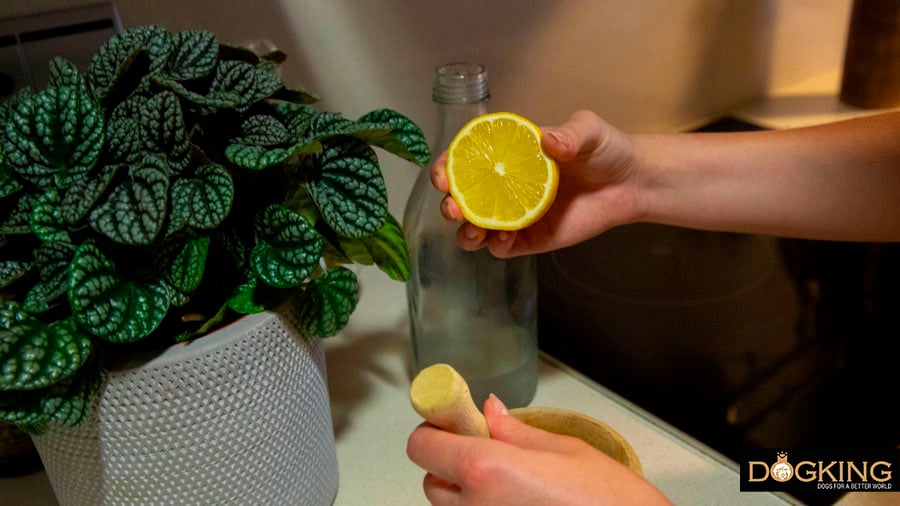
What should I do if my dog has eaten a plant?
If, despite all the obstacles, your dog has gained access to a plant and eaten it, try to identify it through an app or image search. If it is a species that is toxic to dogs, don't wait for symptoms to appear and, just in case, take your dog to the vet. If the plant eaten by your pet isn't, a priori, toxic to the animal, observe its behaviour over the next few hours in case digestive symptoms appear due to irritation or vomiting, although it is most likely that nothing will happen.
So, to prevent your dog from eating plants, don't let the animal have access to them, help your pet control its strength and provide the animal with a rich and stimulating life.